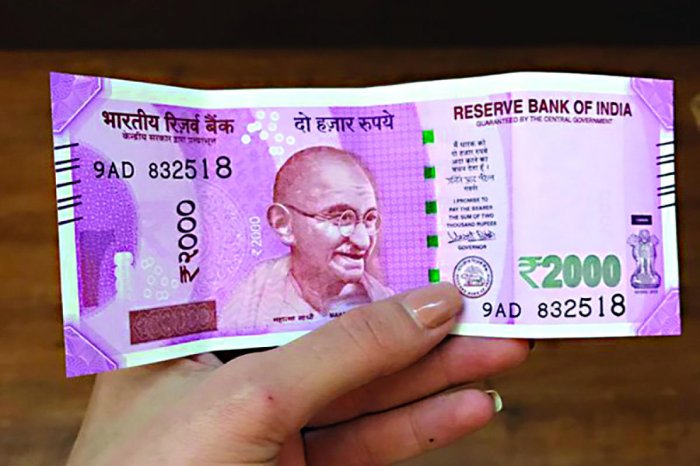As the government is planning to put the 2,000 rupees note out of circulation, a major exercise to recalibrate the 2 Lakh forty thousand ATMs of the country to replace the 2000 rupees note vault with 500 rupees note is underway, reported Business Standard.
There are four cassettes filled with notes of different value in the ATMs. Now three of these will be filled with Rs 500 notes and the other one with Rs 100 and Rs 200 notes. Cassettes holding Rs 2000 note will be replaced with the one with 500 rupees cassette.
As per RBI data, the value of 2000 rupees note was 50.2 per cent of the total currency in circulation, but, with the active management of the RBI and the ATM players, now 500 rupees note constitutes 51 per cent of the total currency in circulation.
The 2000 rupees note will continue to be a legal tender but they are being out of circulation slowly.
This is better than the knee-jerk step of demonetization, which, combined with GST, played a key role in triggering the ongoing economic slowdown. “The Rs 2,000 note is very much legal tender, it is just being slowly pulled out of circulation. You have more of the Rs 500 notes in circulation these days,” said the chief executive officer of a CLC.
The government floated the higher denomination note to quickly remonetize the economy after demonetization. However, as the economy has been completely monetized in the last three years and value of the currency in circulation has reached higher than that at the time of demonetization; the continuation of a higher denomination is not needed. Moreover, having higher denomination notes will beat the very purpose of demonetization exercise, as higher value currency eases the black money hoarding process.
Subhash Garg, former secretary, Department of Economic Affairs, had raised the issue that the 2,000 rupees notes have become new ‘instrument’ of black money hoarding. “A good chunk of the Rs 2000 notes are actually not in circulation, having been hoarded. The Rs 2,000 note, therefore, is not presently working as a currency of transaction,” said Garg. “Withdrawing these notes from circulation would not cause any disruption. A simple method, depositing these notes in the bank accounts (no counter replacement), can be used to manage the process,” he argued further.
The black money hoarders usually keep cash in high-value currency given the ease in management and better chances of escape in case of Income Tax raids. The floating of 2,000 rupees note was beating the very purpose of demonetization, and therefore, the government decided to put them out of circulation, but obviously, without a demonetization like Knee-jerk decision.
